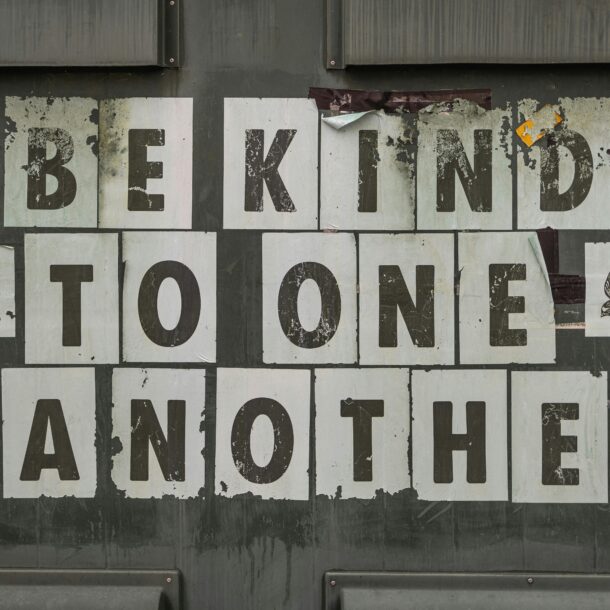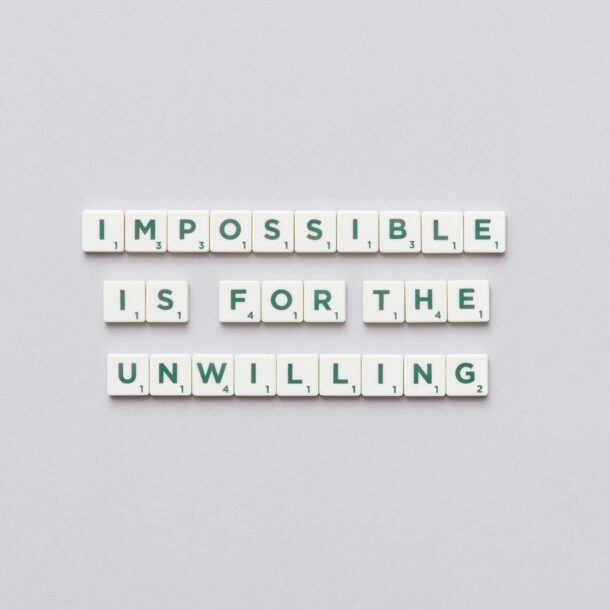
The Art of Letting Go: How to Release Negativity and Move Forward
Letting go is a profound yet often misunderstood concept. In life, we all encounter moments that leave us feeling stuck—whether it’s a painful breakup, a missed opportunity, or lingering guilt. Holding onto these negative emotions can weigh us down, preventing us from moving forward. Letting go isn’t about suppressing or ignoring pain but about learning to release it. It’s an ongoing process that requires intentional effort and self-compassion.
“Holding on is believing that there’s only a past; letting go is knowing that there’s a future.” – Daphne Rose Kingma
This article will provide you with techniques to release negative thoughts, emotions, and past experiences so you can embrace a more peaceful and fulfilling life.
Why Letting Go Matters
When we hold onto past hurts, grudges, or disappointments, it’s like carrying an invisible weight on our shoulders. This weight affects our mental, emotional, and even physical health. According to studies by the American Psychological Association, chronic stress caused by holding onto negative emotions can lead to anxiety, depression, and even heart disease.
“The past is a place of learning, not a place of living.” – Roy T. Bennett
Letting go is crucial for growth and happiness. It doesn’t mean forgetting or dismissing what happened but choosing not to let it control your present or future.
1. Mindfulness Meditation: Staying Grounded in the Present
One of the most effective ways to let go is through mindfulness meditation. Mindfulness is the practice of staying fully present in the current moment, acknowledging your thoughts and feelings without judgment. By focusing on the here and now, you can break free from the cycle of rumination that keeps you stuck in the past.
How to Practice: Find a quiet space, sit comfortably, and focus on your breathing. If thoughts about the past or future arise, simply notice them without judgment and gently bring your attention back to your breath.
At SAP, employees use mindfulness techniques to manage stress and improve focus. Their “Mindfulness at SAP” program has shown significant improvements in employee well-being and productivity.
“Mindfulness isn’t difficult, we just need to remember to do it.” – Sharon Salzberg
2. Journaling: A Path to Emotional Release
Writing down your thoughts can be a powerful tool for emotional healing. Journaling provides an outlet for processing difficult emotions and helps you gain clarity. It’s a safe space where you can express feelings that may be too difficult to articulate out loud.
Journal Prompts:
- What past experiences are holding me back?
- How can I forgive myself or others for past mistakes?
- What would my life look like if I let go of this burden?
Actionable Tip: Set aside 10-15 minutes each day for journaling. Let your thoughts flow freely without worrying about grammar or structure. Use it as a way to unburden your mind.
“Writing is a form of therapy; sometimes I wonder how all those who do not write, compose, or paint can manage to escape the madness, the melancholia, the panic fear which is inherent in a human condition.” – Graham Greene
3. Breathing Exercises: The Power of Breath in Letting Go
Breathing exercises are simple yet powerful tools for calming the mind and reducing stress. When you focus on your breath, you ground yourself in the present moment, which helps alleviate anxiety.
4-7-8 Breathing Technique:
- Inhale through your nose for 4 seconds.
- Hold your breath for 7 seconds.
- Exhale slowly through your mouth for 8 seconds.
- Repeat this cycle 4 times.
Oprah Winfrey credits her morning meditation and breathing exercises for helping her stay centered, especially during challenging times.
“Breath is the bridge which connects life to consciousness, which unites your body to your thoughts.” – Thích Nhất Hạnh
4. Gratitude Practice: Shifting Focus to the Positive
Gratitude shifts your focus from what you lack to what you have. When you focus on the positive aspects of your life, it becomes easier to release negative thoughts and feelings.
Actionable Tip: Start a gratitude journal where you write down three things you’re grateful for each day. This practice can help reframe your mindset and bring a sense of peace.
“Gratitude turns what we have into enough.” – Melody Beattie
Research from the University of California, Davis found that people who regularly practice gratitude experience lower levels of stress and are more resilient in the face of challenges.
5. Practicing Self-Compassion
One of the most challenging parts of letting go is learning to forgive yourself. Self-compassion involves treating yourself with the same kindness you would offer a friend. It’s about acknowledging that you’re human and that everyone makes mistakes.
How to Practice Self-Compassion:
- Speak kindly to yourself, especially when you’re struggling.
- Write a letter of forgiveness to yourself for past mistakes.
- Remind yourself that you’re doing the best you can.
“You, yourself, as much as anybody in the entire universe, deserve your love and affection.” – Buddha
Kristen Neff, a leading researcher in self-compassion, emphasizes that people who practice self-compassion are more likely to bounce back from failures and setbacks.
6. Grounding Techniques to Stay Present
Grounding exercises are excellent for breaking the cycle of overthinking and reconnecting with the present moment. One popular technique is the 5-4-3-2-1 Method:
- Identify 5 things you can see.
- Touch 4 things around you.
- Listen for 3 sounds.
- Smell 2 scents.
- Taste 1 thing.
This exercise helps bring you back to the present and calms your mind.
“The past is a place of reference, not a place of residence.” – Roy T. Bennett
7. Setting Healthy Boundaries
Letting go often involves setting boundaries—not just with others but also with yourself. This might mean distancing yourself from people who bring negativity into your life or stopping yourself from engaging in self-sabotaging thoughts.
Actionable Tip: Practice saying no to things that don’t serve your well-being. It’s okay to prioritize your peace.
At Nike, employees are encouraged to set boundaries for work-life balance, fostering a healthier, more productive workforce.
8. Embracing Forgiveness
Forgiveness doesn’t mean condoning what happened; it means releasing the hold it has on you. By forgiving others (and yourself), you free up emotional space for more positive experiences.
“Forgiveness is not an occasional act; it is a constant attitude.” – Martin Luther King Jr.
Actionable Tip: Write a letter to someone you’re struggling to forgive. You don’t have to send it, but the act of writing can help you process your feelings and release them.
9. Letting Go Through Service to Others
Sometimes, the best way to release negativity is to focus on helping others. Acts of service shift your focus from your own struggles to the needs of others, fostering a sense of purpose and fulfillment.
At Patagonia, employees are given opportunities to volunteer, which not only benefits the community but also enhances their own sense of well-being.
10. Creating Rituals to Release Negative Energy
Rituals can be symbolic acts of letting go. Whether it’s burning a letter of resentment or releasing a balloon with your worries written on it, rituals can be powerful ways to signal to yourself that you’re ready to move forward.
Actionable Tip: Try a simple ritual like writing down what you want to release, then safely burning the paper. Watch the smoke rise as a symbol of letting go.
“Sometimes you have to let go of the life you’ve planned to embrace the life that’s waiting for you.” – Joseph Campbell
Conclusion: Embrace the Freedom of Letting Go
Letting go is a journey, not a destination. It’s about gradually freeing yourself from the chains of the past, learning to live more fully in the present, and opening yourself up to new possibilities. Remember, the act of letting go is not just about releasing pain—it’s about creating space for joy, love, and growth.
“Letting go gives us freedom, and freedom is the only condition for happiness.” – Thích Nhất Hạnh
About Ruchi Rathor
Ruchi Rathor is the founder of Payomatix and an advocate for emotional well-being, resilience, and mindfulness. She is passionate about helping individuals release negativity to lead more fulfilling lives. Discover more about her journey and philosophies at Ruchi Rathor.


